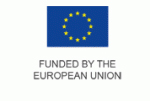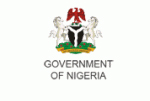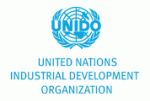Export pricing
To become a successful exporter, you need the right knowledge of export pricing methods. This includes all items relating to sourcing and costing of the exportable products.
Tips for export pricing
- Ensure your prices are competitive
- Ensure all export-related and -associated costs are covered
- Know your break-even points
- Set realistic profit margins
- Know the INCOTERMS 2020
- Negotiate best rates from service providers (banks, freight forwarders, producers, warehouses etc)
- Keep abreast of the exchange rates
- Review all of your cost elements periodically
- Be conversant with the appropriate currencies and HS code(s)
- Take note of minimum order quantities
INCOTERMS (2020)
Be very clear about the obligations of the seller and buyer. Knowledge of INCOTERMS 2020 is necessary. Check our detailed explanation on INCOTERMS 2020 .
Cost elements for export pricing
Ensure that all export costs are captured when determining your export price. Find out all associated costs per category:
Local export costs
All local export costs you should take into account are:
- Sourcing cost
- Packaging and labelling
- Product modification
- Logistics
- Warehousing
- Quality assurance
- Documentation cost
- INCOTERMS 2010
- Product liability insurance or other insurances
- Forwarding cost
- Levies
- Bank charges
- Cost of funds
International export costs
International export costs to consider include:
- Freight costs
- Travel to overseas markets
- Promotional costs
- Import duties / taxes
Other associated export costs
Lastly, other associated costs for exports could be:
- Research into international markets
- International communications
- Productions of export literature (including translations)
Pricing methods
The most common methods for price calculation are the ‘cost plus’- and ‘top down’-method. In order to achieve best results in setting your export price, we recommend the use of both methods. This means that you calculate:
- Outwards your ex-factory price to the end consumer (cost plus)
- from the ideal end consumer price backwards (top down)
Both methods have their strengths and weaknesses hence, you should calculate both for optimum export pricing balance. Please note that this could be different based on export destination!
Roles of NEPC
We offer numerous services to Nigerian exporters with respect to export pricing. These include:
- Regular capacity building programmes on costing and pricing for export
- Tailor-made assistance to exporters (office, online media, etc.)
- Provide top-down export market information (international commodity price)
- Provide bottom-up export market information (local commodity market report)
- Provide end-market information such as Tariffs and Import regulations to exporter to aid export pricing
Questions
Want to find out what we can do for you? Please contact us directly via the live chat or send a message!



